Ghee is the most important food you can eat on a daily basis to ensure strong postpartum rejuvenation. Also known as clarified butter, ghee is a pure oil made from unsalted butter. Sweet cooling and digestive, it is as delicious as it is medicinal. In fact, it’s medicinal properties and uses are so numerous, ghee is a top healing food in Ayurveda. The postpartum window is no exception.
Ghee is a very pure food that nourishes the brain and promotes mental balance. This in turn, helps new mothers stay more relaxed, clear, and consequently sleep deeper. It encourages positive emotions, and helps prevent mood disorders. Ghee is an excellent nourisher and hydrator of all bodily tissues, therefore promoting healthy breast milk production and regular elimination. It also helps build up a store of vital energy, which helps maintain strong immune function and stamina.
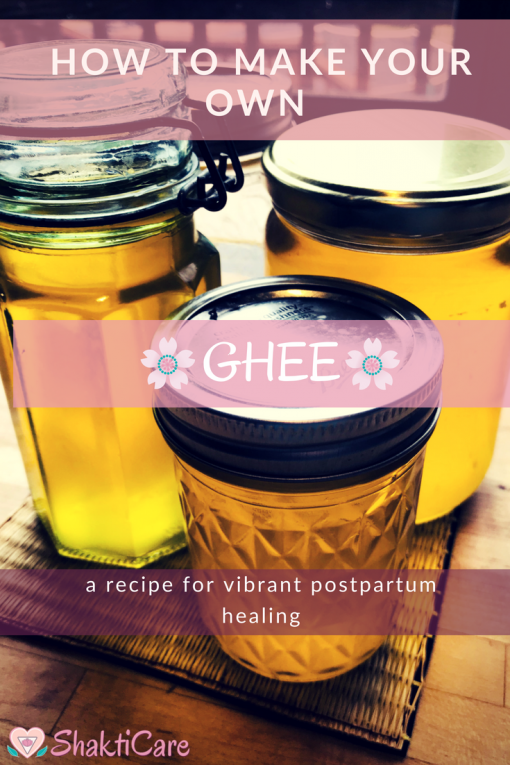
That being said, if you are extremely allergic to dairy, contact your doctor before loading up on ghee.
I recommend making as much ghee as possible before the birth. By that, I mean gallons! Use it liberally in your postpartum diet, both while cooking, as well as adding extra garnish on top when served. The goal is to have all your internal organs and tissues coated in ghee, so don’t be stingy! Do this as a cornerstone of your postpartum care program, and I assure you that you will be happier, healthier and have a smooth move every time! 😉
Note: If you want to skip making your own ghee and would rather just buy it, my friends at Ahara Rasa Ghee make amazing ghee in many delicious flavors! Click HERE to buy.
Ghee: A postpartum mother’s best friend
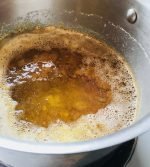
- 1 lb organic unsalted butter
- Put the butter in a medium heavy bottomed saucepan. Turn on medium heat until the butter melts.
- Turn down heat to a low simmer. The butter will foam, sputter and pop for awhile and then begin to quiet down.
- Do not cover the pot. The whole point is to evaporate the water off.
- In 12-15 minutes, it will begin to smell like popcorn. White curds will begin to form on the bottom of the pot. When these curds turn a light tan color, the ghee is ready. There also can be a fine foam on the top making it difficult to see the bottom.
- It is important to pay attention in this final phase because it happens quickly and ghee can burn very easily.
- When ghee burns it caramelizes, has a nutty flavor and turns a light brown color. Burned ghee fine to eat, so if you burn it a little, don’t worry!
- Let ghee cool just until warm. You can skim off any remaining foam off the top to save to eat with hot rice, as this foam has medicinal properties.
- Strain the warm ghee into a glass jar through a strainer, lined with a few layers of cheesecloth or thin, un-dyed cotton cloth.
- Discard the curds at the bottom of the saucepan.
* Ghee doesn’t need to be refrigerated. It is totally fine being left out on the counter.
* Make sure water doesn’t get into the ghee. It will spoil.
* Once you become familiar with the cooking process, feel free to make more at one time. It will take longer, but save time in the long run.
* Ideally, you would have a few gallons of ghee prepared before the birth.
* I have found great deals on organic unsalted butter at Grocery Outlet.
Mama's Menu: Ayurvedic Recipes For Postpartum Healing
Based on the principles of Ayurveda, Mama’s Menu will guide you step-by-step through each phase of your postpartum recovery with carefully curated recipes for optimal rejuvenation and digestible breast milk. Ensure your healthy recovery and get your copy TODAY!

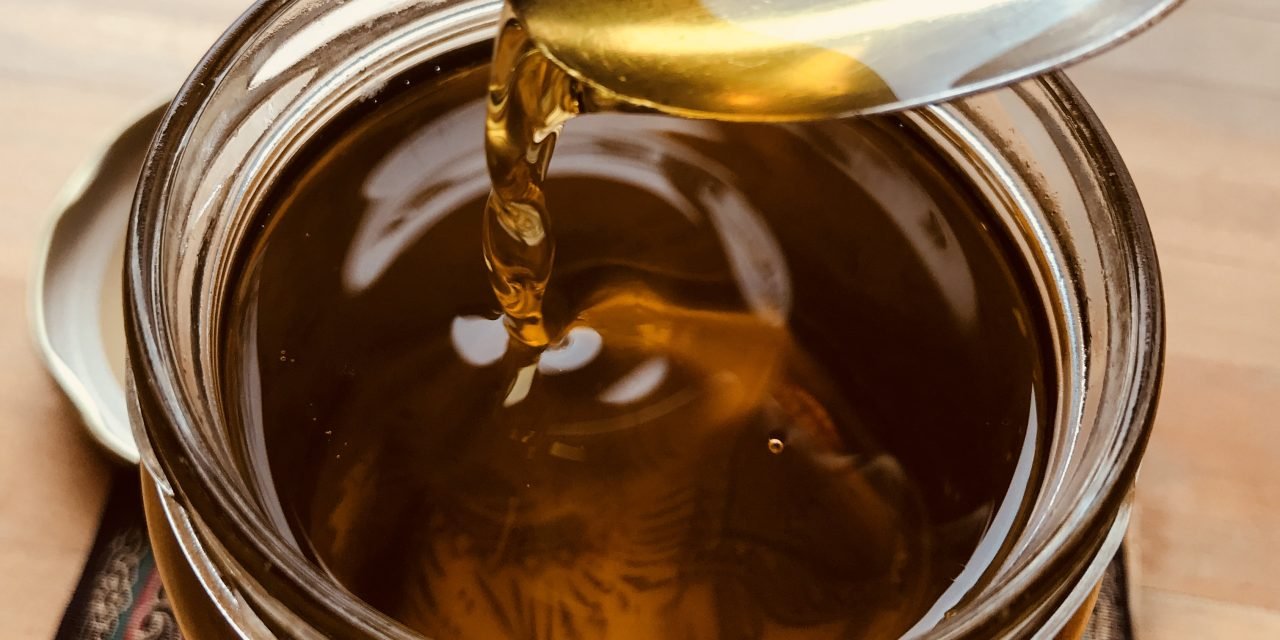
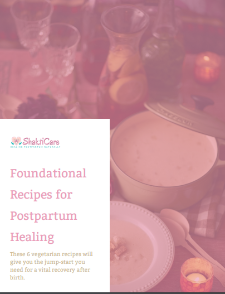
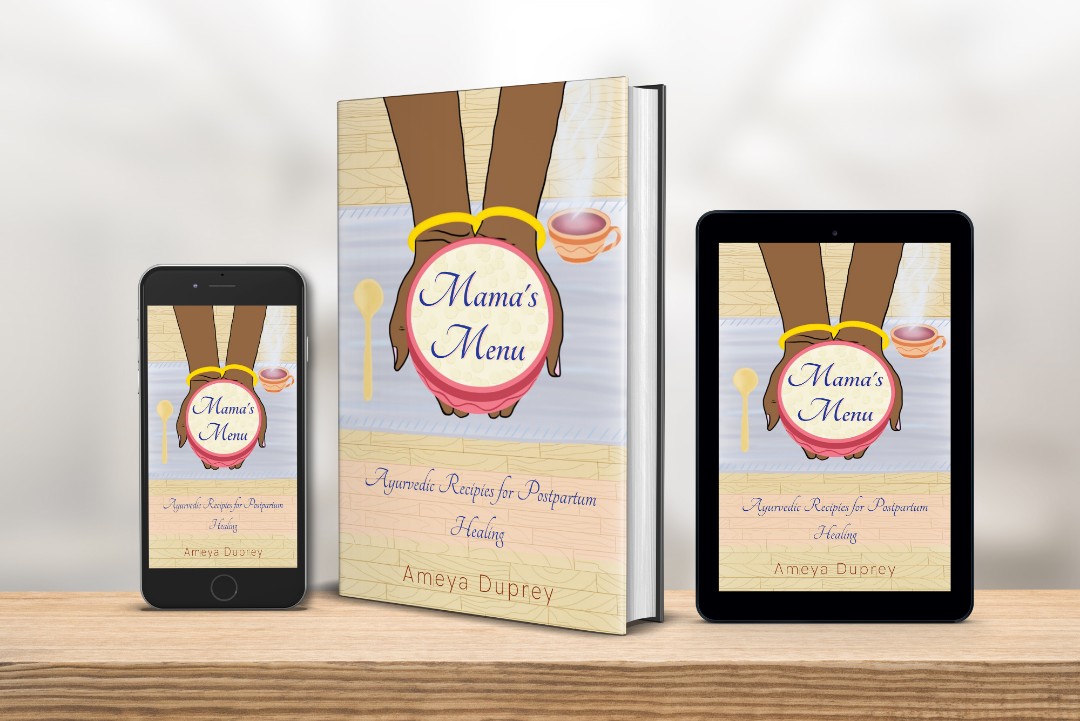
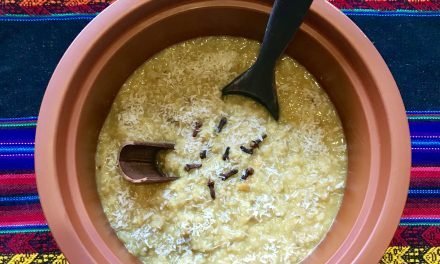
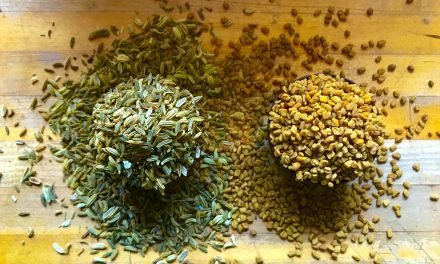
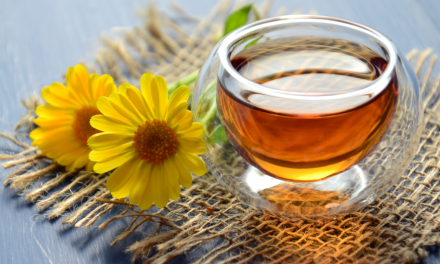
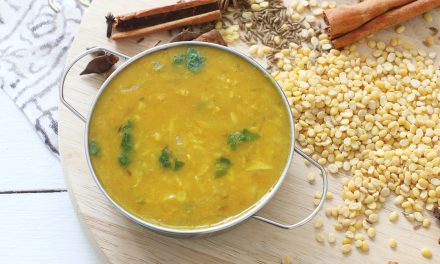
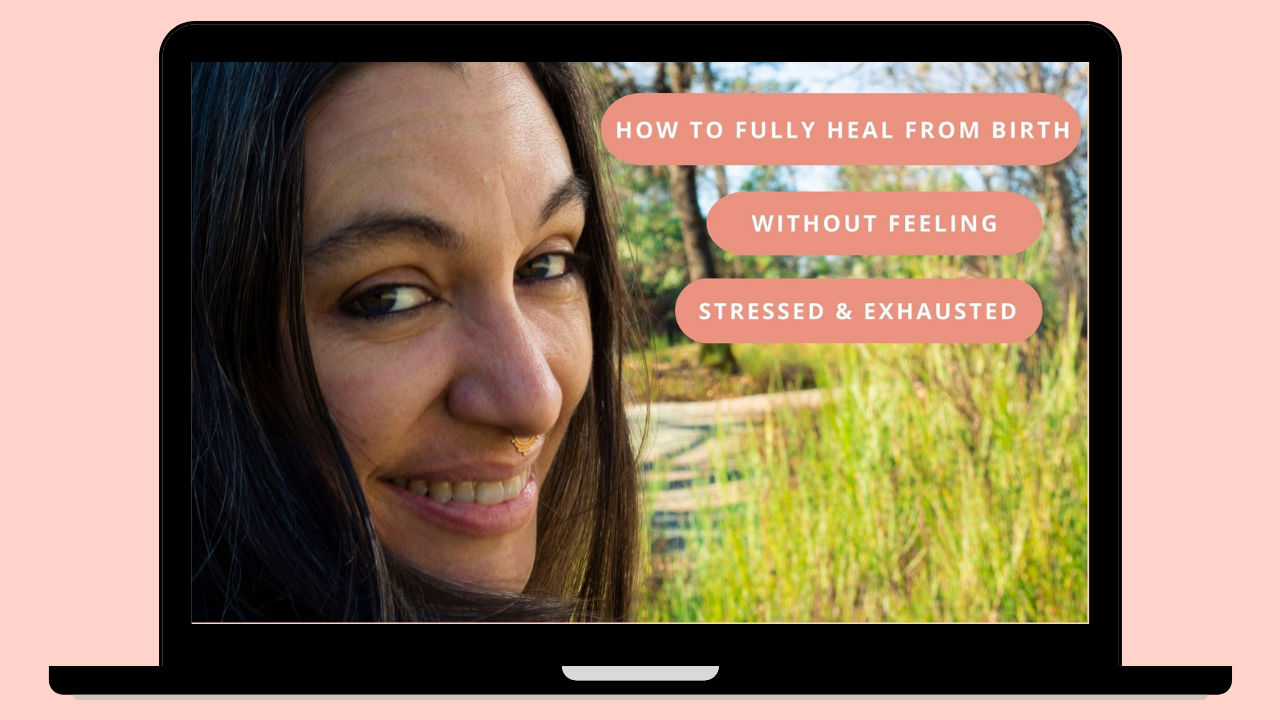




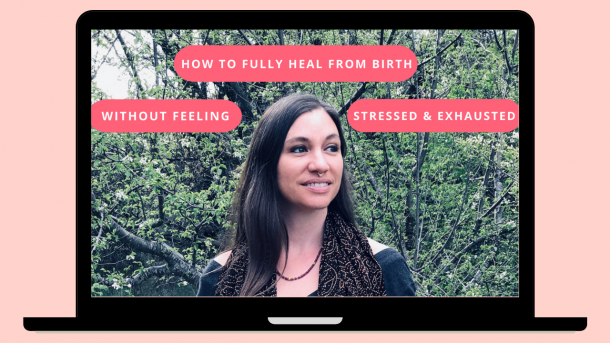
How much ghee should be consumed after vaginal delivery. Is it bad to consume 4 to 5 tbsp of ghee on a daily basis?
It’s bad NOT to! Ghee is such a healing medicine after birth. It works wonders to rehydrate and nourish the tissues in a way water never will. Feel free to add heaping tablespoons of ghee as a condiment at every meal. You really can’t have too much for a vaginal delivery. For a cesarean birth one needs to be more careful until the incision heals.
Thank you so much for your quick response.